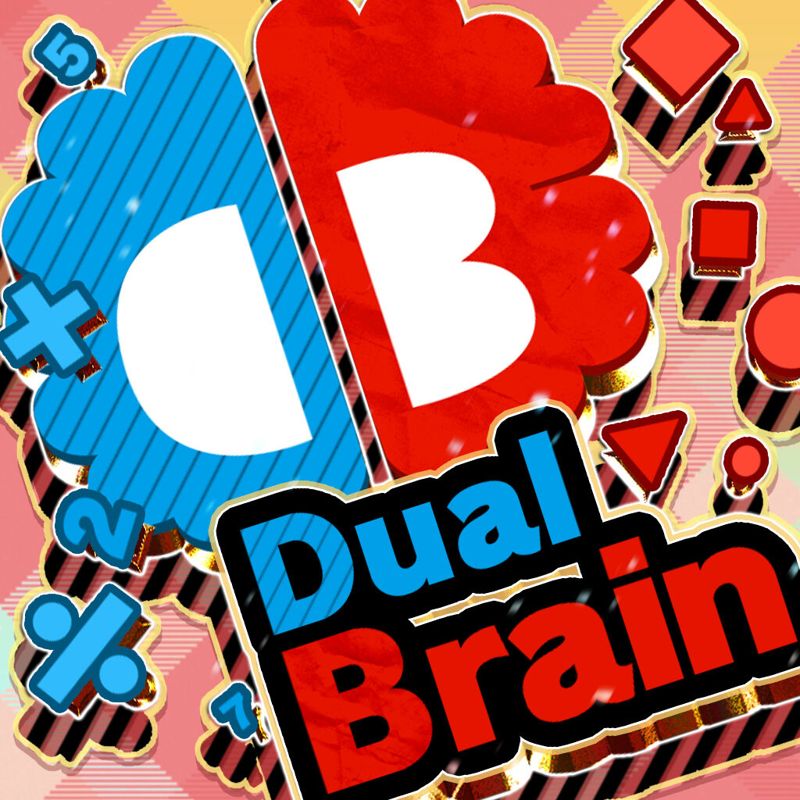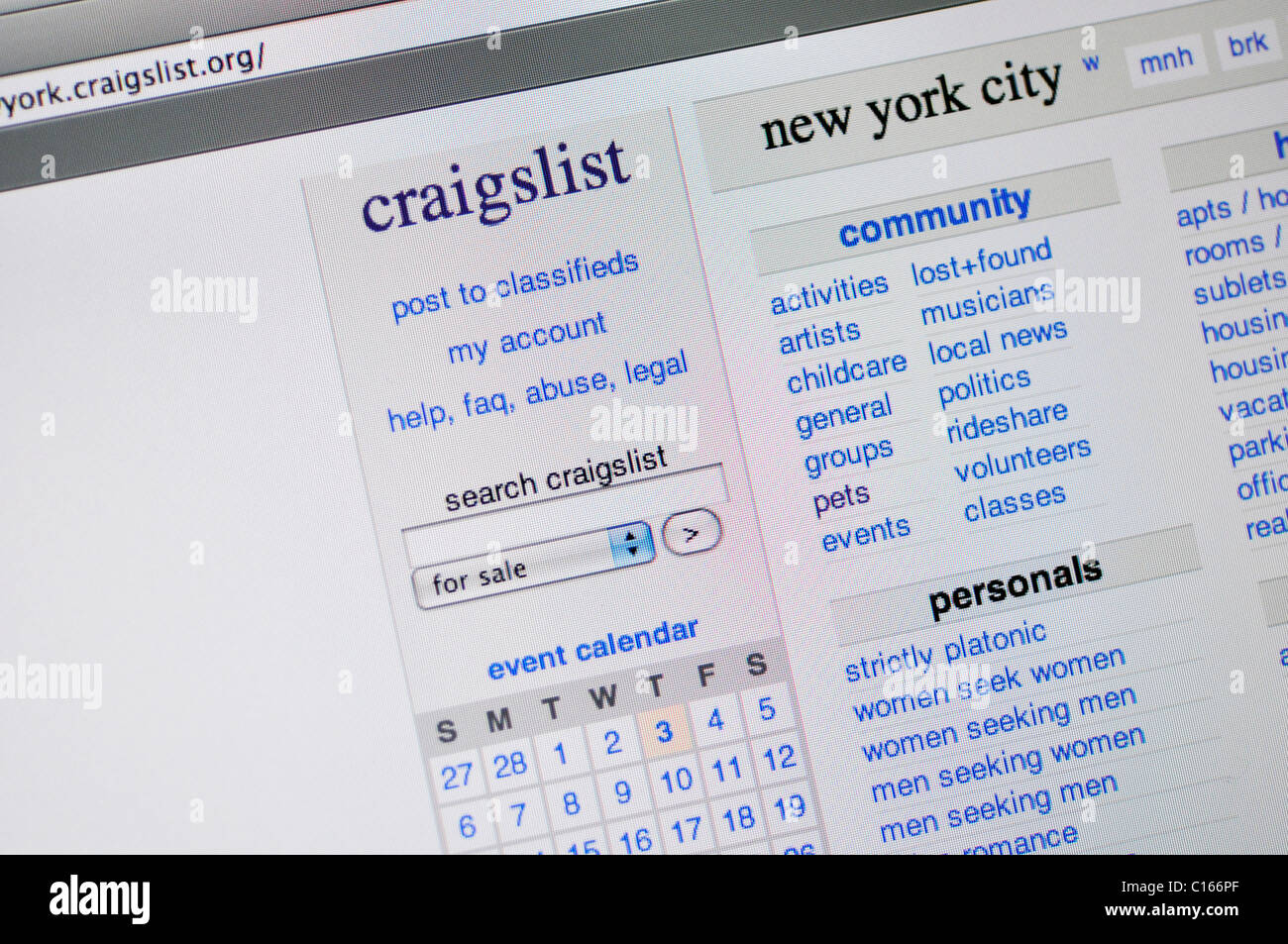Double Decision Brain Game throws you headfirst into a whirlwind of quick-thinking challenges, testing your mental agility and strategic prowess. This isn’t your grandma’s crossword puzzle; we’re talking split-second decisions, rapid-fire problem-solving, and a serious brain workout disguised as a fun, engaging game. Prepare to push your cognitive limits and discover just how sharp your mind really is.
The game mechanics are deceptively simple, but the strategic depth is surprisingly complex. Players face a constant stream of dual-choice dilemmas, each demanding careful consideration before committing to a response. As you progress, the difficulty ramps up, introducing more variables and requiring increasingly sophisticated decision-making strategies. Think of it as a mental marathon, not a sprint.
Double Decision Brain Game: A Deep Dive
This article provides a comprehensive look at the “Double Decision Brain Game,” exploring its mechanics, cognitive benefits, target audience, design considerations, and visual representation. We’ll delve into the game’s unique dual-decision aspect and how it challenges and enhances cognitive skills.
Game Mechanics and Gameplay
Source: mobygames.com
Find out further about the benefits of jack-o pose origin that can provide significant benefits.
The core mechanic of the “Double Decision Brain Game” revolves around presenting players with two simultaneous choices, requiring rapid yet considered decision-making. The game features a variety of challenges, including pattern recognition, mathematical equations, spatial reasoning, and logical puzzles. These challenges are presented in increasing difficulty as the player progresses through the game. Difficulty scales through increased complexity of the choices, shorter response times, and the introduction of more distracting elements.
A single round proceeds as follows:
- The player is presented with two distinct challenges simultaneously.
- The player must make a choice for each challenge within a time limit.
- The game provides immediate feedback on the accuracy and speed of the player’s responses.
- The round ends once both decisions are made or the time limit expires.
- The player proceeds to the next round, with increased difficulty.
Flowchart illustrating the decision-making process:
(Note: A visual flowchart would be included here in a real-world application. It would depict a branching structure where each decision point leads to two possible outcomes, with feedback loops indicating correct and incorrect answers. The flowchart would clearly show the parallel processing of the two decisions and the time constraints involved.)
Cognitive Aspects and Challenges
The game aims to improve several cognitive skills, including attention, working memory, processing speed, and decision-making under pressure. The dual-decision aspect significantly increases cognitive load, forcing the brain to multitask and prioritize efficiently. This heightened cognitive demand leads to improved cognitive flexibility and executive function. Playing the game regularly can enhance these skills, potentially translating to better performance in daily tasks requiring quick thinking and problem-solving.
Compared to other brain training games, this game offers a unique challenge by forcing simultaneous processing rather than sequential tasks.
Comparison of cognitive benefits:
| Game/Method | Attention | Working Memory | Processing Speed |
|---|---|---|---|
| Double Decision Brain Game | High | High | High |
| Traditional Puzzle Games (e.g., Sudoku) | Medium | Medium | Medium |
| Memory Training Apps | Low | High | Low |
| Cognitive Behavioral Therapy (CBT) | Medium-High | Medium-High | Medium |
Target Audience and Accessibility
The ideal player profile is someone interested in improving their cognitive skills and enjoys challenging brain teasers. The game is designed to be accessible to a wide range of cognitive abilities, though difficulty levels can be adjusted. Adaptations could include adjustable time limits, simplified challenge types, and alternative input methods (e.g., voice commands). The game is suitable for ages 12 and up, given the need for a certain level of abstract reasoning and problem-solving skills.
Potential accessibility modifications:
- Adjustable difficulty levels
- Customizable time limits
- Alternative input methods (voice control, larger buttons)
- Clear visual cues and feedback
- Option for simplified instructions
Game Design and User Experience
The current UI/UX is relatively clean and intuitive, but improvements are possible. Areas for improvement include enhancing visual feedback, providing clearer instructions, and offering more engaging visual themes. The design currently supports cognitive objectives through its clear presentation of challenges and immediate feedback, but incorporating more dynamic visual elements could further improve engagement.
An improved game screen might feature a more visually appealing interface with a cleaner layout, using color-coding to differentiate between the two simultaneous challenges. The feedback mechanism could be enhanced with animations and sound effects to provide more immediate and satisfying reinforcement. This would improve the overall user experience and encourage continued play.
Illustrations and Visual Representation, Double Decision Brain Game
Imagine a challenging scenario: Two complex geometric patterns are displayed side-by-side, requiring the player to identify matching elements within a strict time limit. The patterns are overlaid with subtle distracting elements, further complicating the task. The visual element effectively communicating the core mechanic would be a split screen, clearly displaying the two simultaneous challenges with a central timer prominently displayed.
The game’s progression from easy to difficult levels could be illustrated with a series of images showing increasing complexity of patterns or problems. A visual metaphor for the decision-making process might involve a branching pathway, with each branch representing a choice and the final destination representing the outcome. Visual cues, such as color-coding and animations, can enhance clarity and engagement by highlighting important information and providing immediate feedback.
Wrap-Up

Source: etsystatic.com
Double Decision Brain Game isn’t just a game; it’s a journey into the fascinating world of cognitive function. By forcing players to make rapid-fire decisions under pressure, the game hones crucial mental skills, improving reaction time, strategic thinking, and problem-solving abilities. Whether you’re a seasoned brain-teaser enthusiast or just looking for a fun and challenging way to keep your mind sharp, Double Decision Brain Game delivers a stimulating and rewarding experience.
So, are you ready to accept the challenge?


